Since establishing consensus for how we see, we thought it would be important to dig a little deeper into knowing how our eyes work.
After learning some important anatomy of our eyes, we discovered that our pupils, which allow light to enter our eye, change in size according to how much light is present. When it is dark, with limited light, our pupils increase in size, searching for light in order to see. The flip side is true in that when our eyes are in the presence of a lot of light, the pupils get smaller since there is a lot of light available to see.
In order to actually see and measure how much light comes off an object, our light sensor is playing an important role. We've figured out the following by using it throughout our classroom:
1. Areas that are brighter have much higher readings. This means that more light is reflecting off them!
2. Areas that are darker have much lower readings. This means that less light is reflecting off them.
How will these ideas help us figure out shadows and color? Stay tuned!
In order to actually see and measure how much light comes off an object, our light sensor is playing an important role. We've figured out the following by using it throughout our classroom:
1. Areas that are brighter have much higher readings. This means that more light is reflecting off them!
2. Areas that are darker have much lower readings. This means that less light is reflecting off them.
How will these ideas help us figure out shadows and color? Stay tuned!
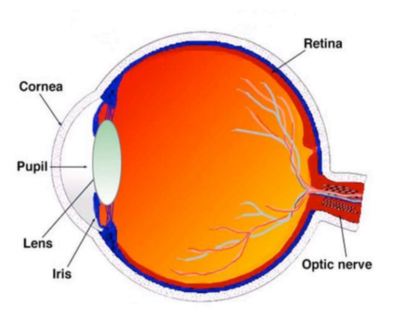
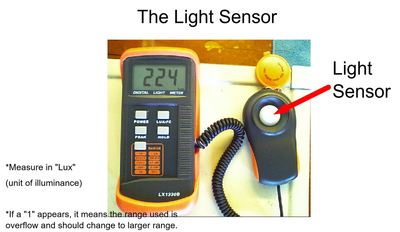
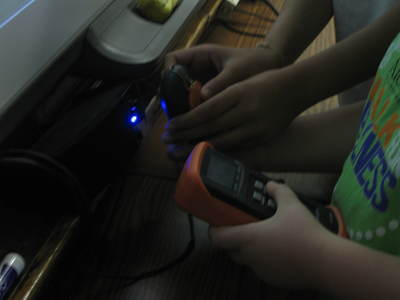
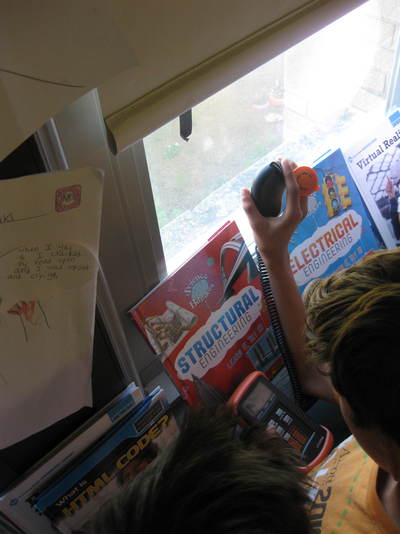
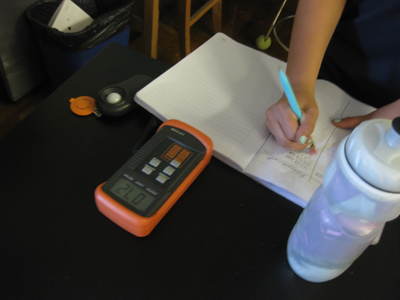
 RSS Feed
RSS Feed